You can use the API provided by GitHub to get all the context, and then use a method similar to eval to force write it in.
I don't recommend you use the way in any official product, but as a test or write some practice scripts, handy, can save a lot of duplication of code
Docs GitHub API get contents
Script and Example
I create a component that allows you drags the file to the input.
https://api.github.com/repos/CarsonSlovoka/excel/contents/app/urls/static/js/pkg/input/ask-file.js?ref=d625296
Below will show you how to load the content and embed it such that you can use it.
<link href="https://cdn.jsdelivr.net/npm/bootstrap@5.0.2/dist/css/bootstrap.min.css" rel="stylesheet"
integrity="sha384-EVSTQN3/azprG1Anm3QDgpJLIm9Nao0Yz1ztcQTwFspd3yD65VohhpuuCOmLASjC" crossorigin="anonymous">
<link rel="stylesheet" href="https://cdnjs.cloudflare.com/ajax/libs/font-awesome/5.15.4/css/all.min.css"
integrity="sha512-1ycn6IcaQQ40/MKBW2W4Rhis/DbILU74C1vSrLJxCq57o941Ym01SwNsOMqvEBFlcgUa6xLiPY/NS5R+E6ztJQ=="
crossorigin="anonymous" referrerpolicy="no-referrer"/>
<!-- Above CSS are not must be given, I want it more pretty, that all. -->
<input data-com="ask-file" placeholder="select or drag the file to attach" multiple>
<script type="module">
function GithubExplorer() {
/**
* @param {string} owner Username
* @param {string} repo repository name
* @param {string} path filepath
* @param {string} branch branch name or SHA1
* @param {string} token The token is used for project private. generate new token https://github.com/settings/tokens
* */
this.Query = async (owner, repo, path, {branch = "master", token = undefined}) => {
// https://developer.mozilla.org/en-US/docs/Web/API/Fetch_API/Using_Fetch#supplying_request_options
const url = `https://api.github.com/repos/${owner}/${repo}/contents/${path}?ref=${branch}`
const headers = {
accept: "application/vnd.github.v3.raw",
}
if (token) {
headers["authorization"] = `token ${token}`
}
const response = await fetch(url, {
method: 'GET',
headers,
})
if (!response.ok) {
const errMsg = await response.text()
throw Error(`${response.statusText} (${response.status}) | ${errMsg} `)
}
return await response.blob()
}
}
(async () => {
const github = new GithubExplorer()
const blobAskFileScript = await github.Query("CarsonSlovoka", "excel", "app/urls/static/js/pkg/input/ask-file.js", {branch: "d625296"})
let askFileScriptText = await blobAskFileScript.text()
askFileScriptText = askFileScriptText.replaceAll("export class AskInputFile", "class AskInputFile")
document.querySelector(`head`).append(
document.createRange().createContextualFragment(`
<script>${askFileScriptText}<\/script>`)
)
AskInputFile.BuildAll() // This function is from the script.
})()
</script>
below is a simple script that you know how to do after loading the content.
const body = document.querySelector(`body`)
const range = document.createRange()
const content = `<script>console.log("hello world")<\/script>`
const frag = range.createContextualFragment(content)
body.append(frag)
